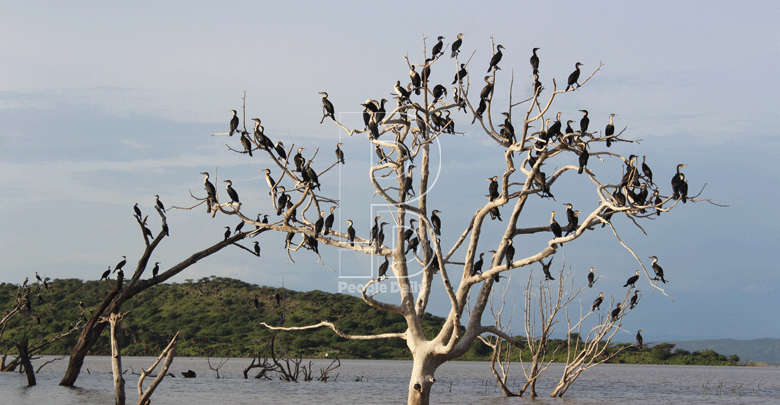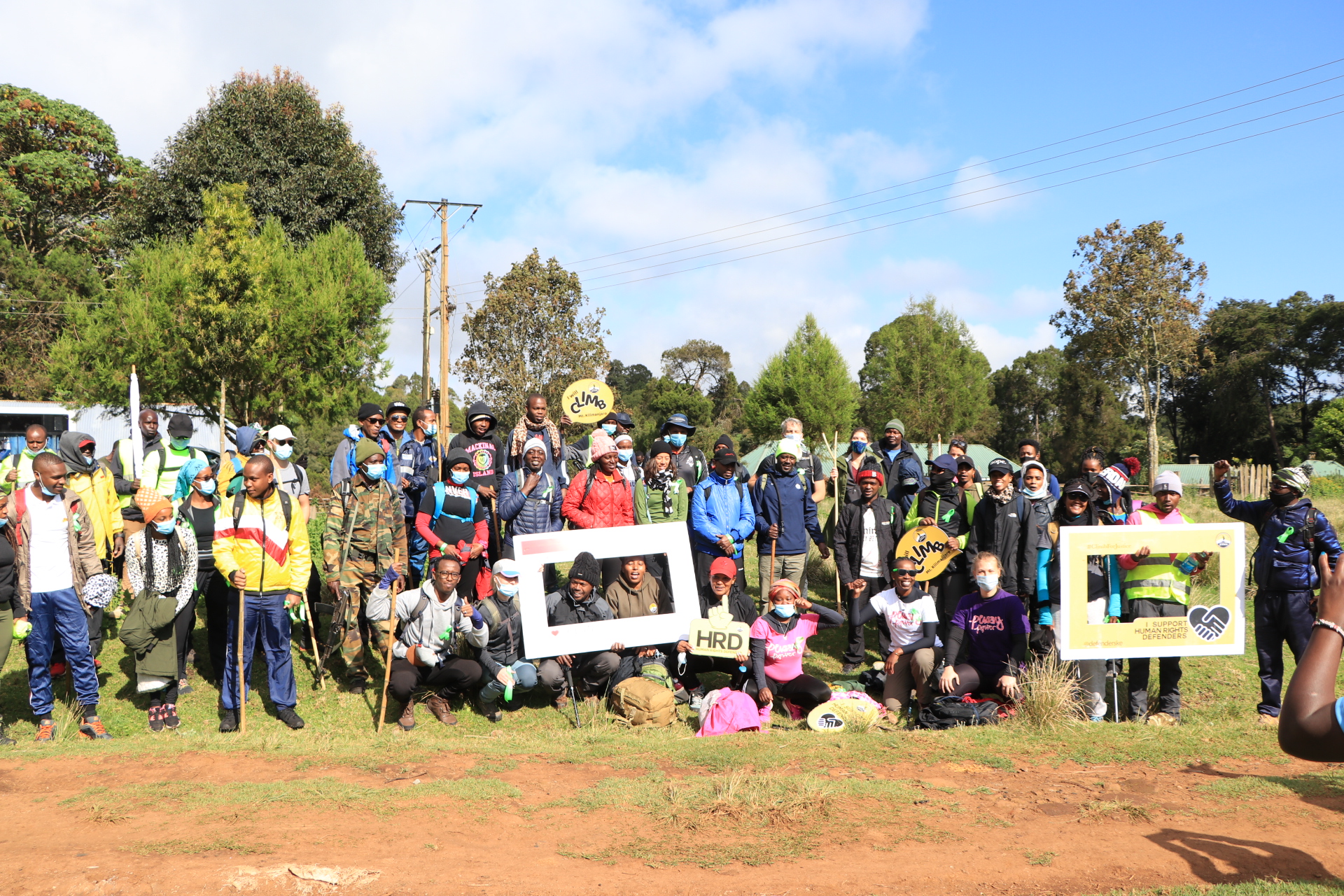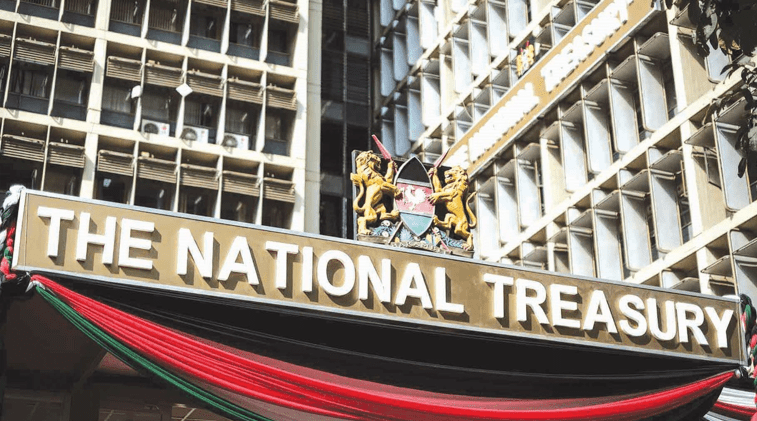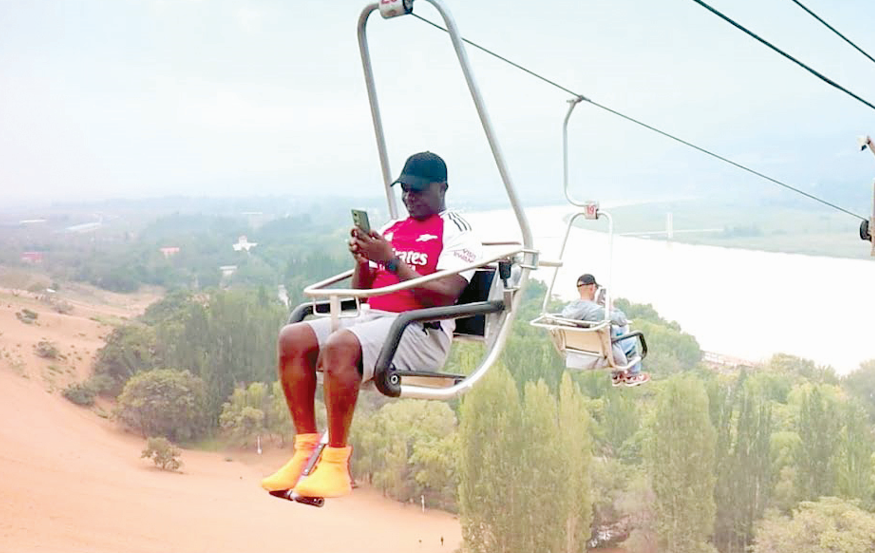Why migratory birds need to be protected

Harriet James @harriet86jim
Twice every year, around three billion birds make a strenuous trip from their wintering grounds in Eurasia to their breeding grounds in Africa and back again.
This number comprises of 4,000 different species, adding up to about 40 per cent of the entire avian population.
They do this to escape the inhospitable winter climate that makes food scarce. They also fly to breed and lay eggs in a suitable environment.
“The migration is a massacre; birds face various threats such as hunting and loss of key stopover, feeding and breeding sites because of human activities, illegal trappings and plastics.
Over 25 million birds are illegally killed every year due to traps and ilhunting.
These threats have resulted in decline in migrant bird populations” says Sidney Shema, a wildlife biologist and photographer.
Last year during the eBird Global Big day on October 17, Kenya was ranked first in Africa with Tanzania, Uganda and South Africa as second, third and fourth respectively in sightings of migratory birds.
Kenya recorded a total of 817 species of migratory birds and came sixth after Columbia, Peru, Ecuador, Brazil as well as Bolivia, globally.
Return flight
According to eBird report, Nairobi National Park had the highest number of sightings at 211 species, with Soysambu second with 209 species and Elkarama Ranch Eco Lodge third with 195.
Hot spots where migratory birds land following their long journey included Lake Nakuru, Amboseli and Nairobi National Park, Lake Naivasha, Masai Mara, Samburu National Reserve and Lake Baringo.
“Rift Valley lakes are among Important Bird Areas, where birds rest in their migratory expeditions.
Areas around the Aberdare Ranges, Mt Kenya and Taita Hills are also some of their stopover havens as they fly down to South Africa before they navigate back following the same routes up north,” the report indicates.
At the moment, most Palearctic migrants (birds from Europe and Asia migrating South to Africa during winter) are heading back North for summer breeding. They arrived last year around September.
“They are widespread from the coast to upcountry. If you are a keen birder, you would have noted them.
Even at the museum grounds in Nairobi, there were loads of them up to last week.
At the moment the number is slightly down since they are on the Northwards journey,” says Ibrahim Onyango an ornithologist and honorary warden at Lake Kanyaboli.
Currently at the shores of the lake, there exists common and marsh sand piper, migratory birds that have made the lake their home.
They are paleartic wader migrants who fly all the way from Asia and Finland.
There are also barn swallow birds or Opiya in Luo, who migrate from Finland and come as early as in October. At the coast, marsh warblers have been spotted early this month.
“They are flying back now to their breeding grounds in Europe and usually pass through Kenya from October.
Big mass is witnessed around late October till late November as they move towards the South and come back through Kenya in April back to Europe,” observes Kirao Lennox, a research scientist at A Rocha, an organisation that teaches communities about conservation.
Kirao adds that population of marsh warblers bird is faring well and other birds that have been spotted include Asian Lesser cuckoo, Jacobin cuckoo and European roller.
“The Spotted flycatcher are now heading back to Russia while the Red-backed shrikes, Madagascar bee-eaters, European bee-eaters are still around,” Kirao says.
One of the main challenges these migrant birds face are habitat destruction.
“Most stopovers have been destroyed either by humans or through climate change and this has significant impact on them.
Their feed grounds and areas are reduced, meaning they have to fly to other areas to look for food instead of resting, feeding and breeding in the safe zones,” he says.
The loss of habitat also happens through illegal encroachment and fragmentation.
For instance, large scale soda ash mining in Lake Natron is likely to affect flamingoes in all Rift Valley lakes in Kenya and perhaps beyond in some case poisoning is a threat.
“Negotiation have been key especially for cross border issues as is the case with the proposed large scale soda ash mining in Lake Natron,” says Eunice Kamau of Lewa conservancy.
Migratory birds also face the impact of climate change, which alters their migration patterns.
Protective measures
“Other challenges include persecution, habitat loss and pollution. An example is Lake Nakuru; due to prevailing waste disposal at the lake, flamingoes and migratory birds are massively dying,” notes Eunice.
Logistically, some challenges include limited capacity to produce advocacy materials and to cover all migratory routes due to lack of funds. In some instances, equipment such as binoculars needed during monitoring are also not enough.
“Wetlands such as lakes are habitats for waders and they have been facing lots of pollution.
More collaboration between various stakeholders has also boosted the law implementation process to reduce threats such as pollution,” Eunice adds.
Ibrahim says one of the challenges he faces is convincing the community to conserve the birds.
“I have tried to convince young people to join me in doing this, but they think it’s not a white collar job hence they refuse.
Their parents too are not keen on having their children do this and this hinders the awareness of conserving the birds,” he says.
One of the challenges at Yala Swamp, which hosts a variety of migratory birds is conflict between different interests.
Together with Nature Kenya and Bird life, Ibrahim is coordinating a project on land use, which will divide land into conservation, community land, private development as well as a place of pasture to minimise the conflict and ensure survival of migratory bird’s habitat.
“We have created committees where we discuss about land conservation and how land will be used.
The birds in this area are affected by the human wildlife conflict and such platforms bring awareness and sensitisation of the matter,” says Ibrahim in conclusion.













